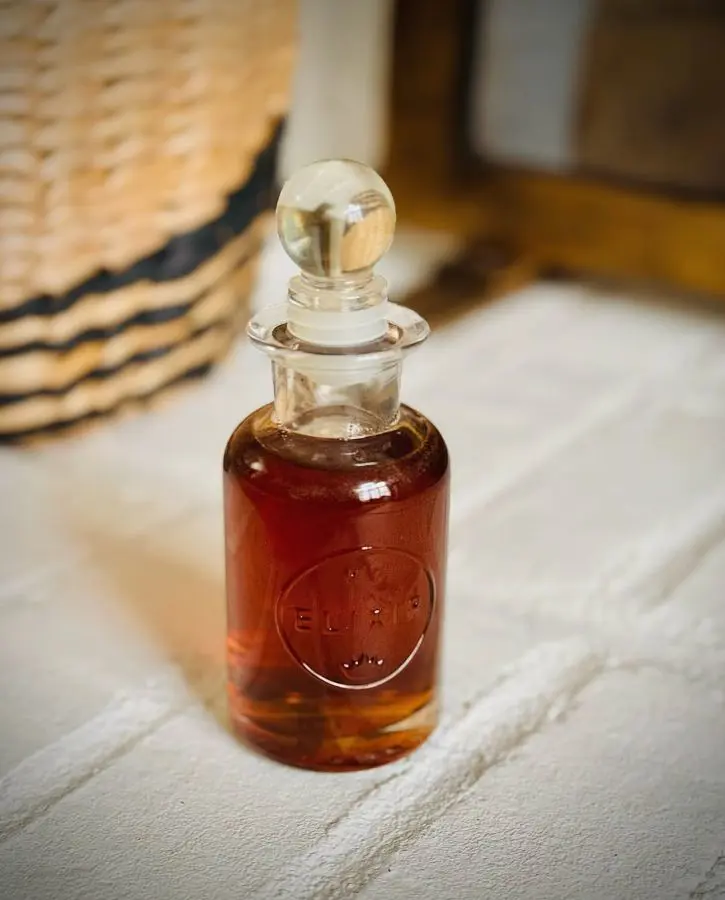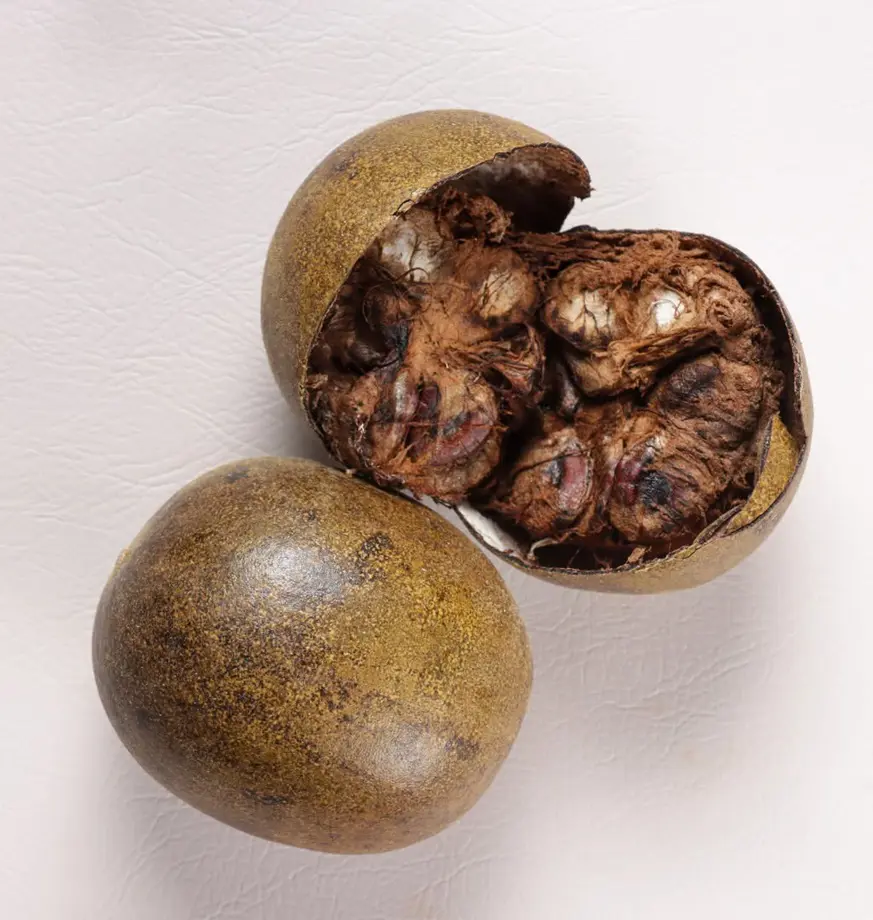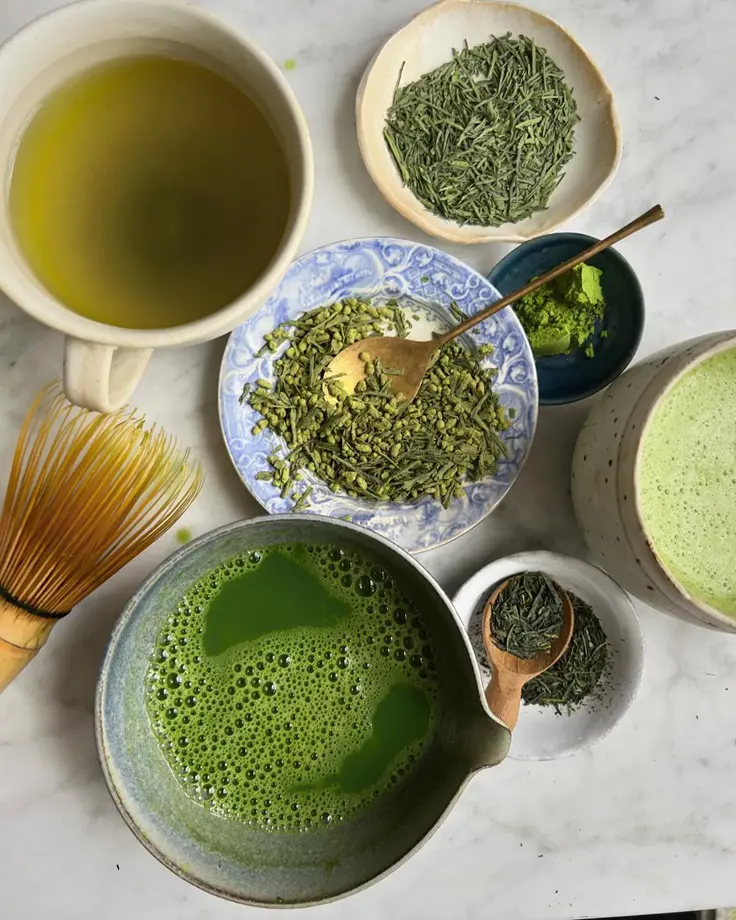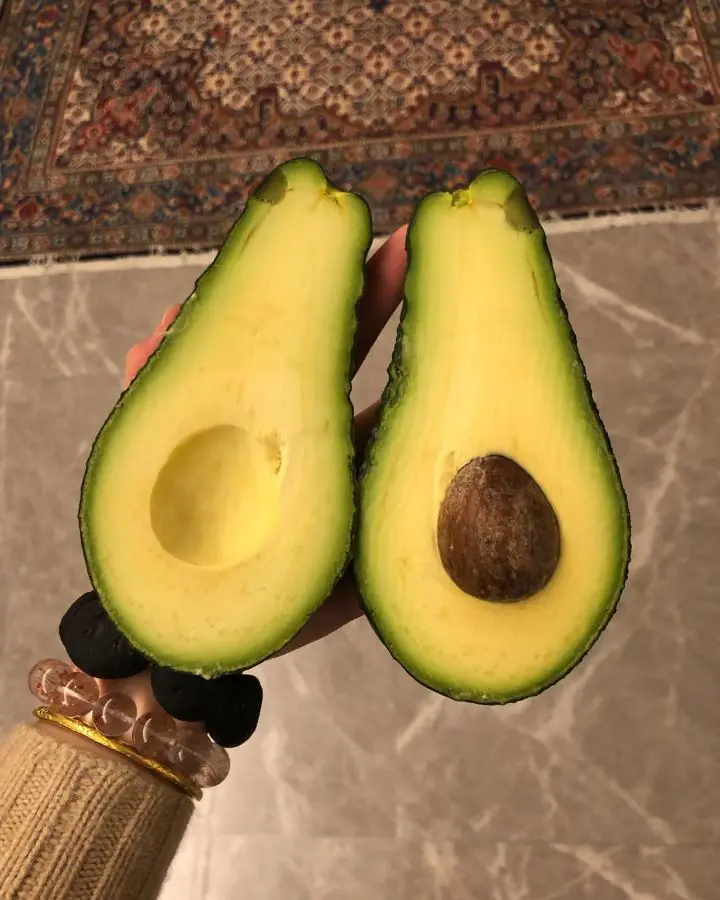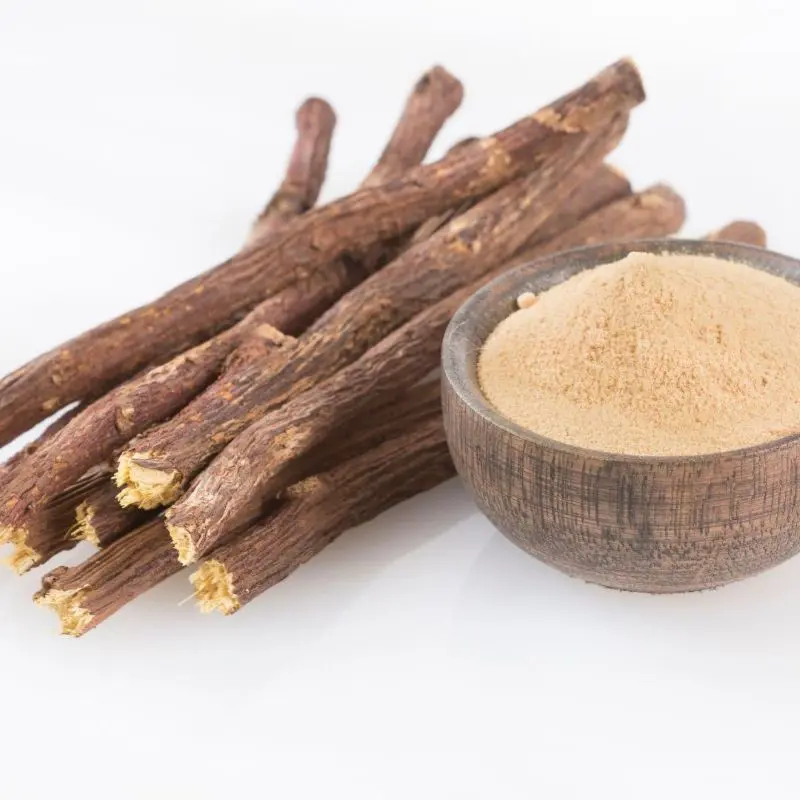20 Foods That You Can’t Freeze
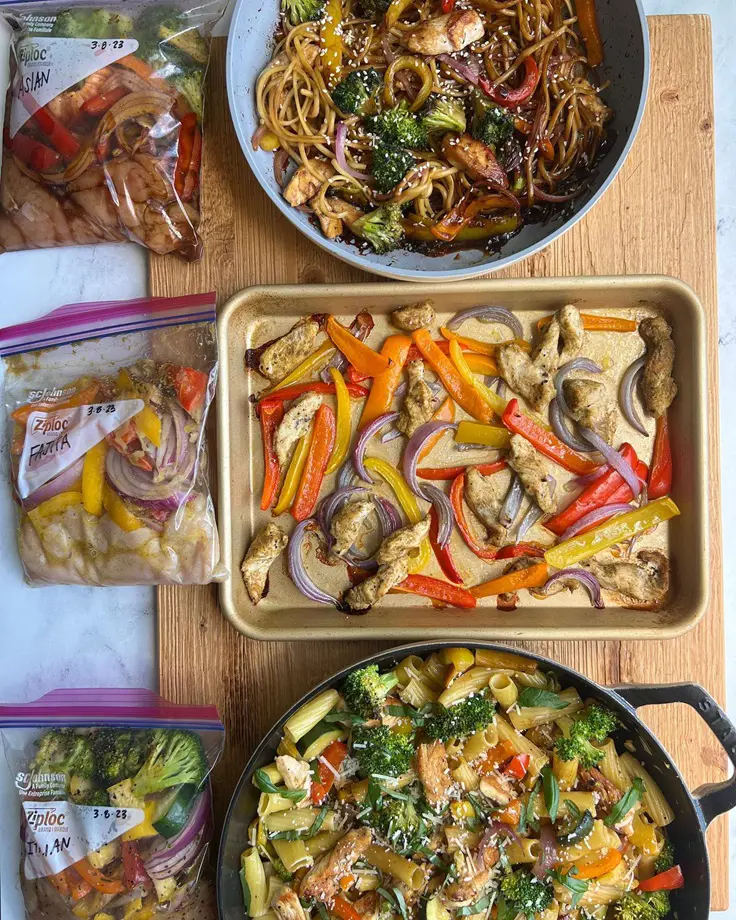
This post may contain affiliate links. If you make a purchase through links on our site, we may earn a commission.
Freezing foods can be a realistic time-saver, it is one of the most convenient ways to preserve food in our kitchens for later use. It can do both, reduce food waste as well as save time in food preparation.
However, there are exceptional cases, some foods do exist that don't do well with freezing. Instead of getting preserved, putting them into the freezer can degrade their texture and quality. Let’s explore 20 foods that when frozen can lead to undesirable changes in texture, flavor, and even safety.
1. Vegetables With High Water Content
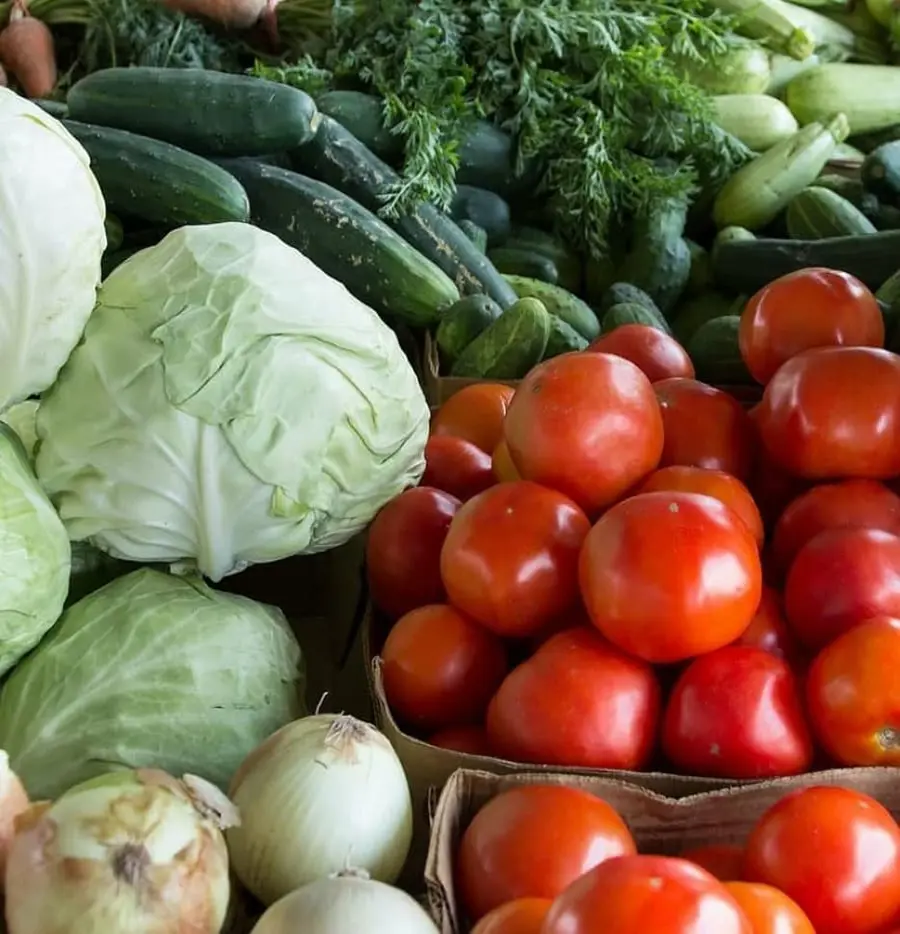
Most vegetables are often 80 to 90% water and freezing them is not recommended. When frozen, it has been observed that the vegetables become mushy and watery once thawed. Moreover, freezing can cause them to lose their crispness, making them unappealing for fresh uses.
The probable reason for this is the cell walls that break as a result of the expansion of water inside the vegetable cells. Some of the vegetables, with high water percentages, you need to keep away from the freeze are as follows:
- cucumbers
- lettuce
- celery
- tomatoes
2. Fruits With High Water Content
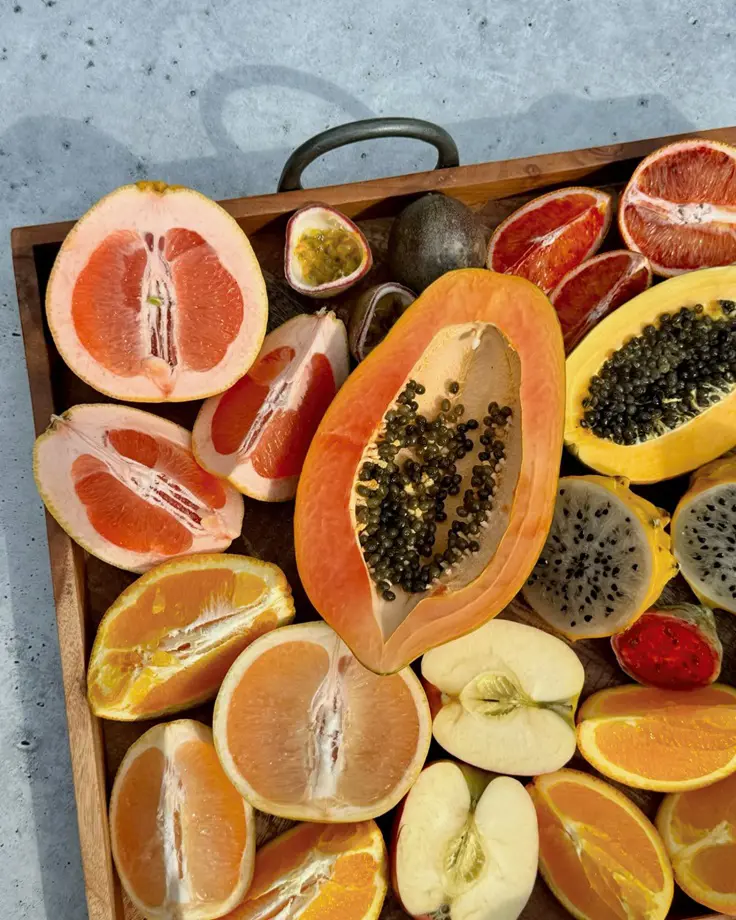
Like vegetables with high water content, fruits like watermelon and citrus suffer from the same freezing problem. The ice crystals formed inside the fruit cells break when thawed and hence disrupt the cell walls due to high volume leading to soft and watery fruits that are totally unappealing.
However, certain fruits like avocados, grapes and berries can be frozen. These fruits do well in the freezer if stored in an airtight container and can be later enjoyed fresh or in different recipes.
3. Fresh Herbs
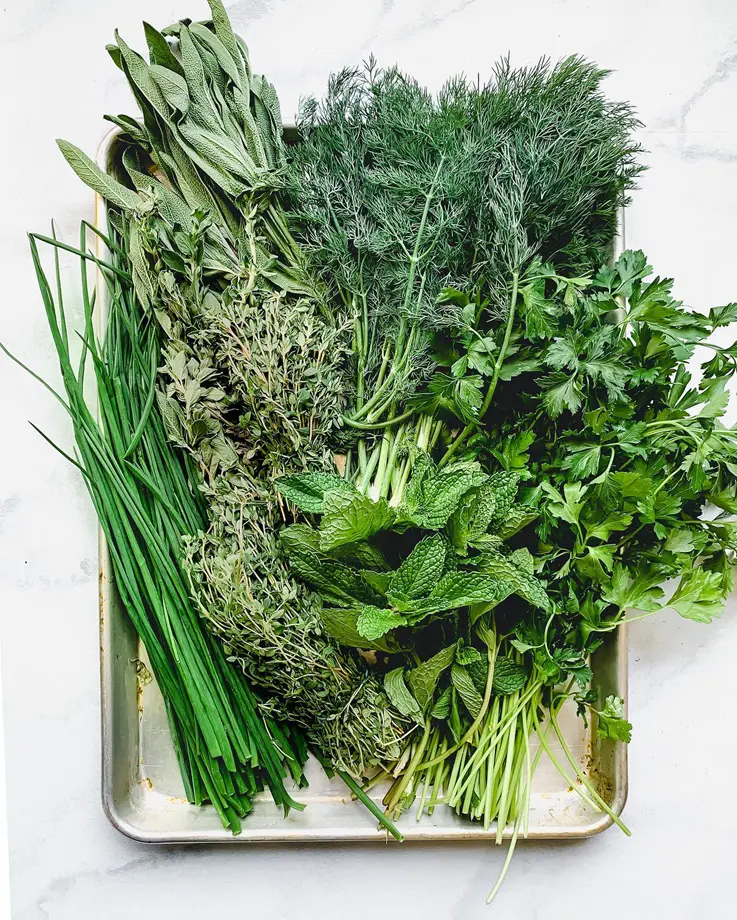
Freezing can turn fresh herbs into a mushy, wilted mass when thawed. Almost all herbs, including basil, parsley, cilantro, and mint lose their original flavor and vibrant color when frozen. The freezing process can also make them lose their oil responsible for fresh aroma. Due to this, using frozen herbs in recipes will have no value at all.
Herb ice cubes for preservation are quite popular if you have excess herbs. For this, you need to make herb ice cubes (in ice trays first), followed by transferring them to freezer-friendly bags.
4. Some Dairy Products
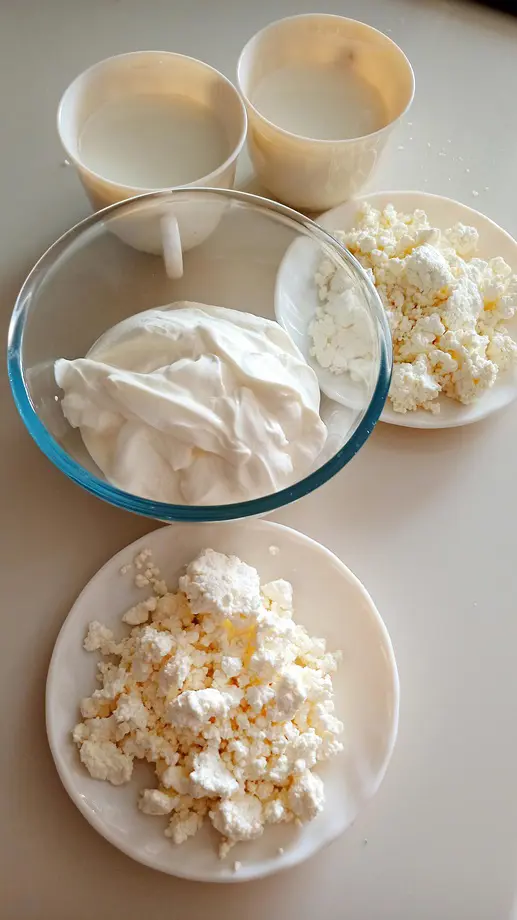
Not many dairy products can be frozen. Once thawed, these products tend to lose their original texture which makes them unusable in any recipes. Some dairy products that might separate, curdle, or become grainy once frozen include:
- Cream
- Milk
- Certain cheeses (like ricotta and cottage cheese)
Though hard cheese like parmesan can be frozen, there's no guarantee that its texture will come intact once out of the freezer. Butter and yogurt, however, can be frozen with minimal effects.
5. Fried Foods

The crispy fried foods once frozen and reheated tend to lose their original texture. This is mainly because of moisture absorption by the batter or breading used in the preparation of the fried food. So, it's better not to freeze any fried foods including French fries, fried chicken, or onion rings, otherwise else, you might have to deal with soggy and limp ones and that will totally be a waste.
In cases you must store them for late, you can rely on an airtight container and store them in the fridge for a short time. Later, reheat in the oven so you can be able to restore some crispiness.
6. Shellfish
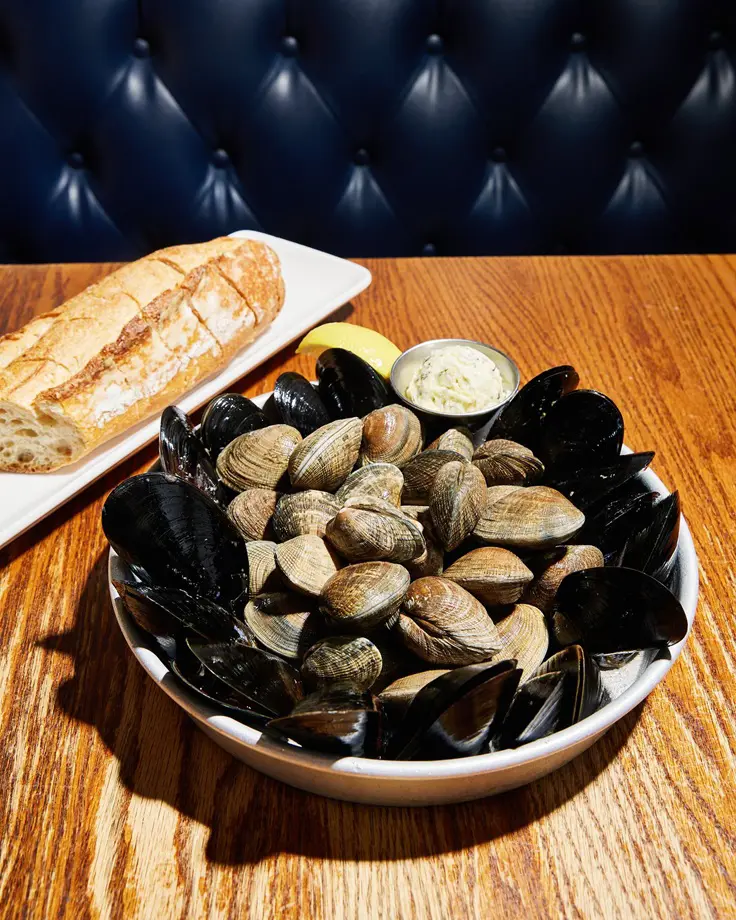
Fresh shellfish have the best flavors and are safe in terms of contamination. Besides the loss in texture, thawing and refreezing these delicacies can increase the chance of multiplication of harmful contaminants in them. These contaminants, if get to chance to enter your digestive system, are known to cause severe food poisoning-related problems.
Raw shellfish like oysters, clams, and mussels should not be frozen at all as they become rubbery and tough once thawed. Cooked shellfish can be frozen but they also might lack the best flavor and texture once served.
7. Shelled Eggs
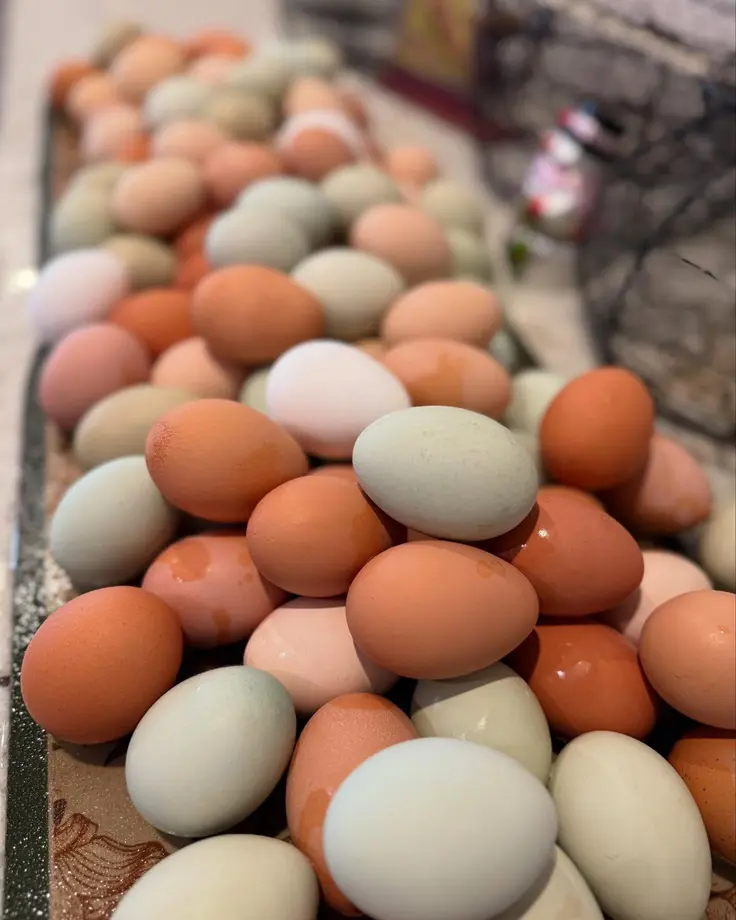
You can refrigerate eggs but freezing them whole, with shells on, is not considered a proper way to preserve them. This is due to the probable danger- the risk of shell cracking. The eggs have liquid inside which expands after freezing, and as the shell can't accommodate the increased volume, breakage on the shell is obvious.
The preferred way to freeze eggs is to beat the eggs properly and freeze them in freezer-safe bags or ice cube trays. Doing this ensures the egg mixture freezes evenly and maintains its texture when thawed.
8. Mayonnaise
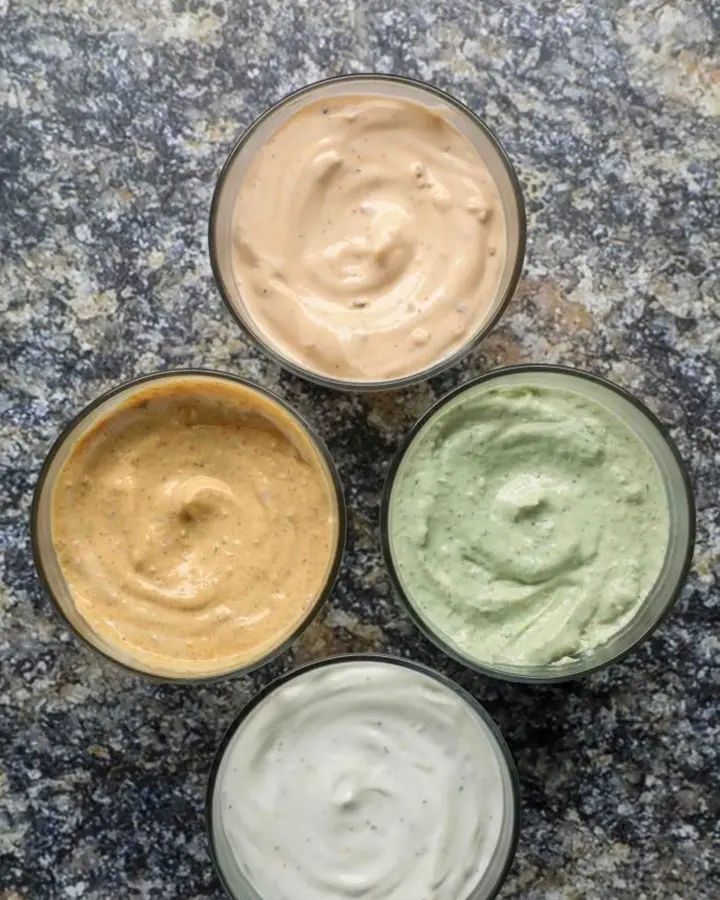
Mayonnaise is a mix of oil, water, and egg yolks and this emulsified product won't fare well at low temperatures at all, especially in the freezer. Once you thaw the mayonnaise, it might turn messy and watery and without smoothness, its use becomes less desirable compared to the fresh ones.
The best way to store mayonnaise is in the refrigerator where its consistency won't degrade for up to a week.
9. Gelatin and Gelatin Products
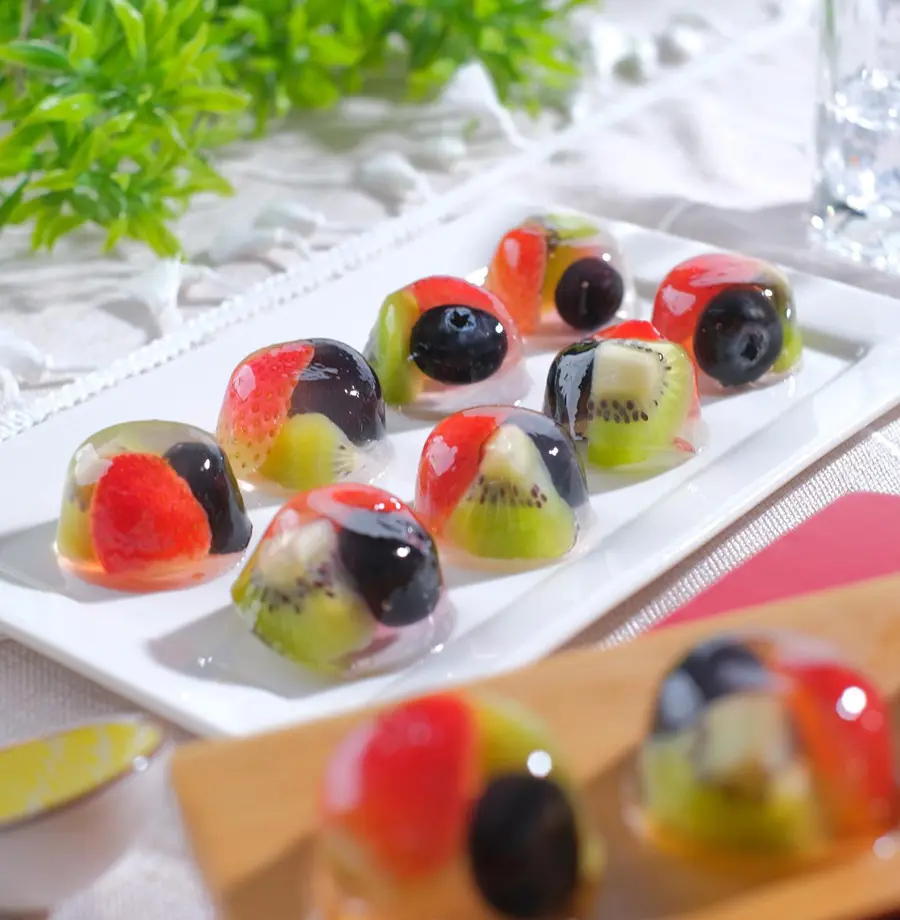
Gelatin as well as the products made using it like Jell-O, gummy candies, and marshmallows can't be frozen because of their delicate nature. The amount of water present in the gelatin expands significantly once it goes in the freezer, making the gel matrix break down.
As a result, gelatin and gelatin products will be less wobbly and further can even become runny on long-term storage. So, if you don't want to compromise on the appearance and mouthfeel of gelatin and desserts using them, it’s important to store them in an airtight container in a cool, dry place, but not in the freezer.
10. Creamy Soup

Creamy soups have that velvety texture, all because of the addition of adequate amount of dairy products like cream or milk. Not only dairy options, even plant-derived options like coconut milk can make the soups creamier. But once you freeze this delicious soup, the creamy counterparts can curdle which were supposed to provide us with the mouthfeel.
As the cream and broth separate from one another, the resulting soup will be curdled, and watery. The cream or milk may not only separate but also cause the taste of the soup to become awful. To preserve creamy soups in a better way, try freezing cooked soup that doesn't have dairy or cream on it and add the dairy ingredients after thawing instead.
11. Sour Cream
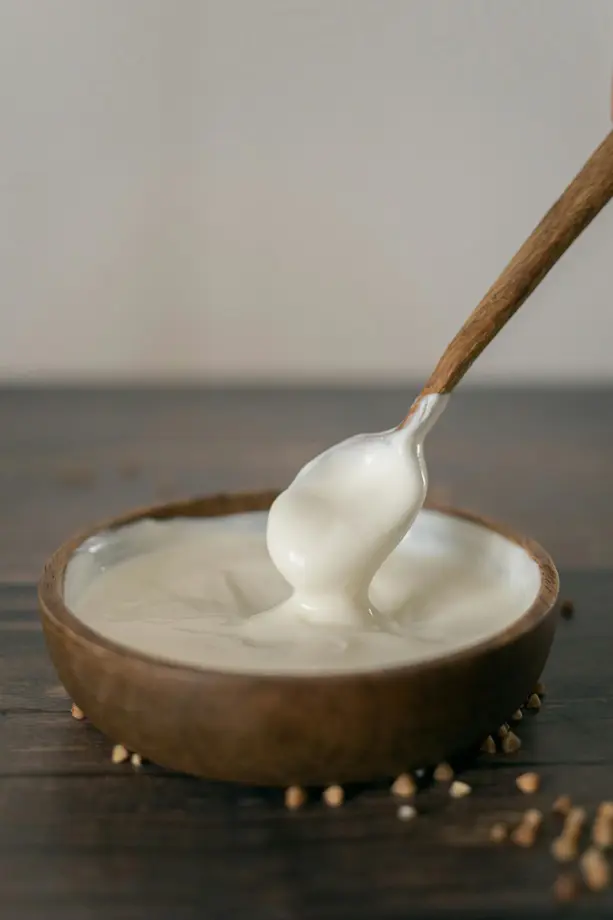
Like dairy products, sour cream does not freeze well. Freezing can cause its texture to change dramatically, all because of the separation of the water content from the fats and proteins. It's not like the sour cream will get totally inedible, but what happens is that it won't have that signature smoothness that's desired.
To store this garnish properly, you can refrigerate it or you may also try to purchase smaller containers of sour cream. As it is easily available at stores, you may buy a new one whenever you need it. Nothing beats using fresh sour cream in recipes!
12. Coffee
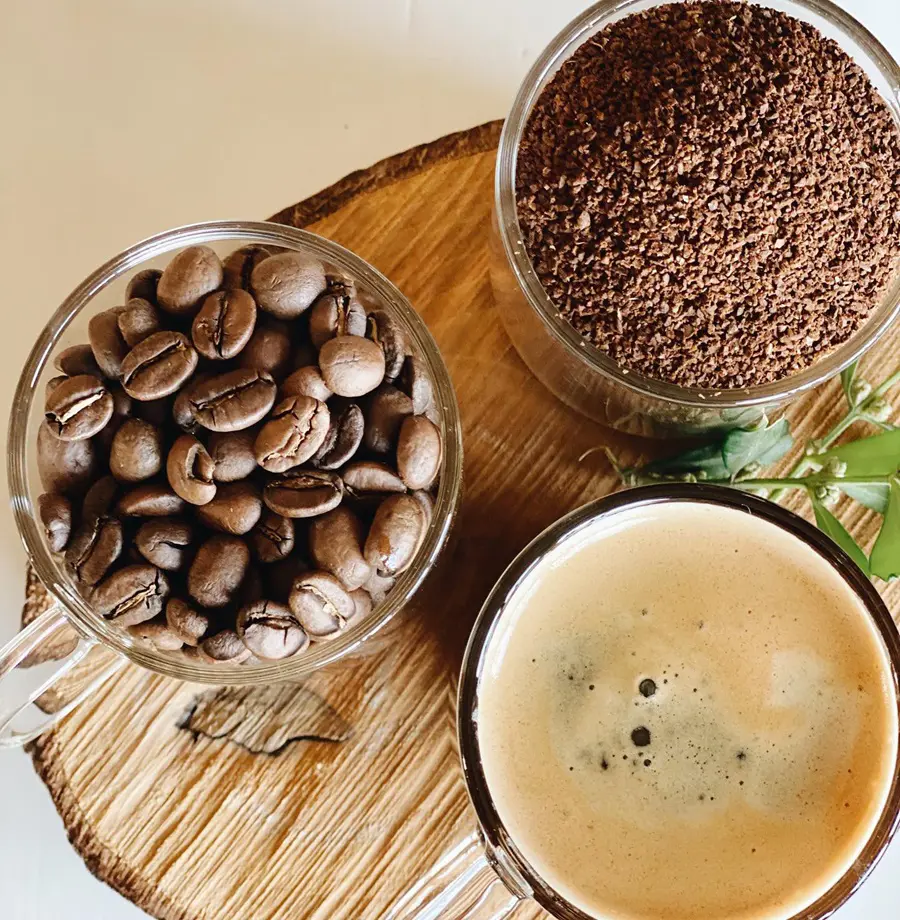
Ground (powdered) or whole beans of coffee are meant to be kept away from moisture. This is the only appropriate way to lock its original taste and aroma. Whenever you freeze any of them, you will have to face the downsides, of losing essential oils coffee has as well as the flavor compounds.
Both ground coffee and whole beans should be stored in airtight containers to prevent exposure to air that leads to flavor loss and oxidation of the aromatic compounds. It's best to get containers with a vacuum seal or a one-way valve (which allows gases to escape but prevents air from entering) to maintain the freshness of your coffee.
13. Cooked Pasta
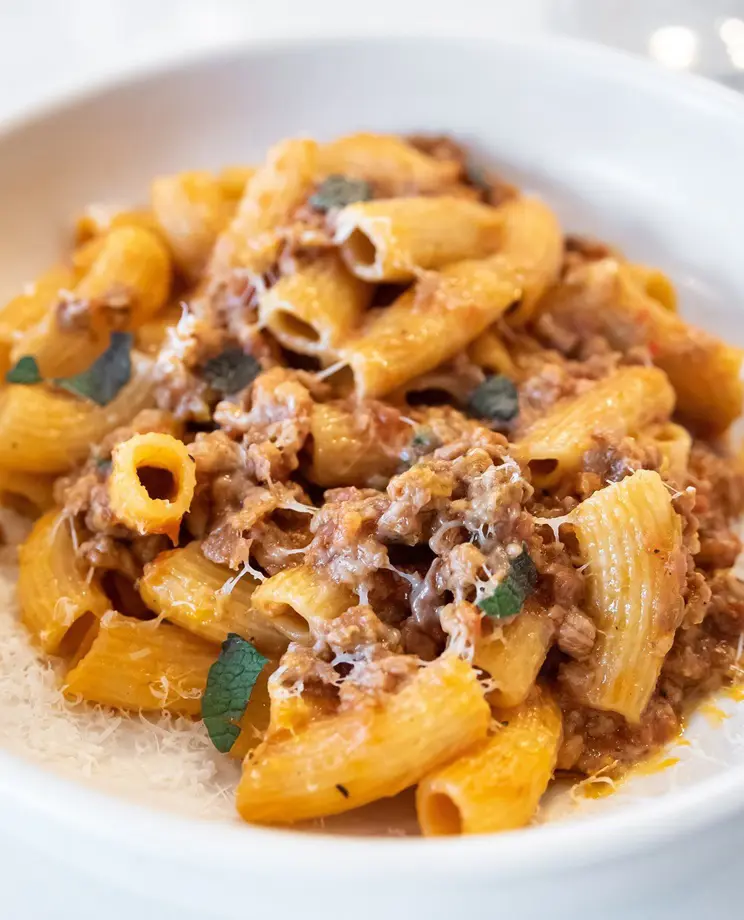
While you reheat the frozen pasta, major problem can arise. When in the freezer, the cooked pasta is full of water as all the ingredients in it especially flour have a high tendency of absorbing water. And once such pasta is heated, you would get a plate of soggy and mushy dish instead! Without the al dente texture, you can imagine how unenjoyable the pasta might get.
If you want to store the pasta without losing its structure and texture, we recommend you freeze the pasta sauce separately. But depending on the use of delicate ingredients, you might also refrigerate the sauce in an airtight container. This method preserves the quality of both the pasta and the sauce.
14. Ketchup
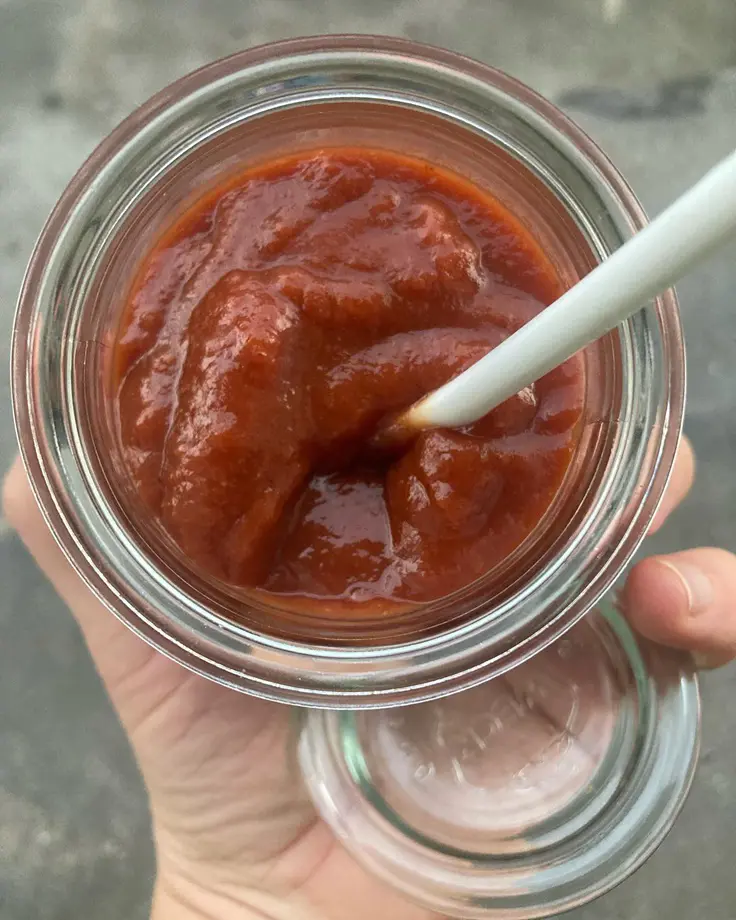
This sweet, tangy condiment staple in kitchens worldwide can't be preserved by freezing because of its high water content. The large amount of water present in the ketchup gets all frozen at low temperatures, causing the liquid to separate from the other ingredients.
The watery, runny ketchup obtained after thawing would have separated tomato solids, spices, and sugar. There's a minimal chance that they get back together. Instead of freezing, opened ketchup can be transferred to the refrigerator to preserve its quality.
15. Chocolate Powder
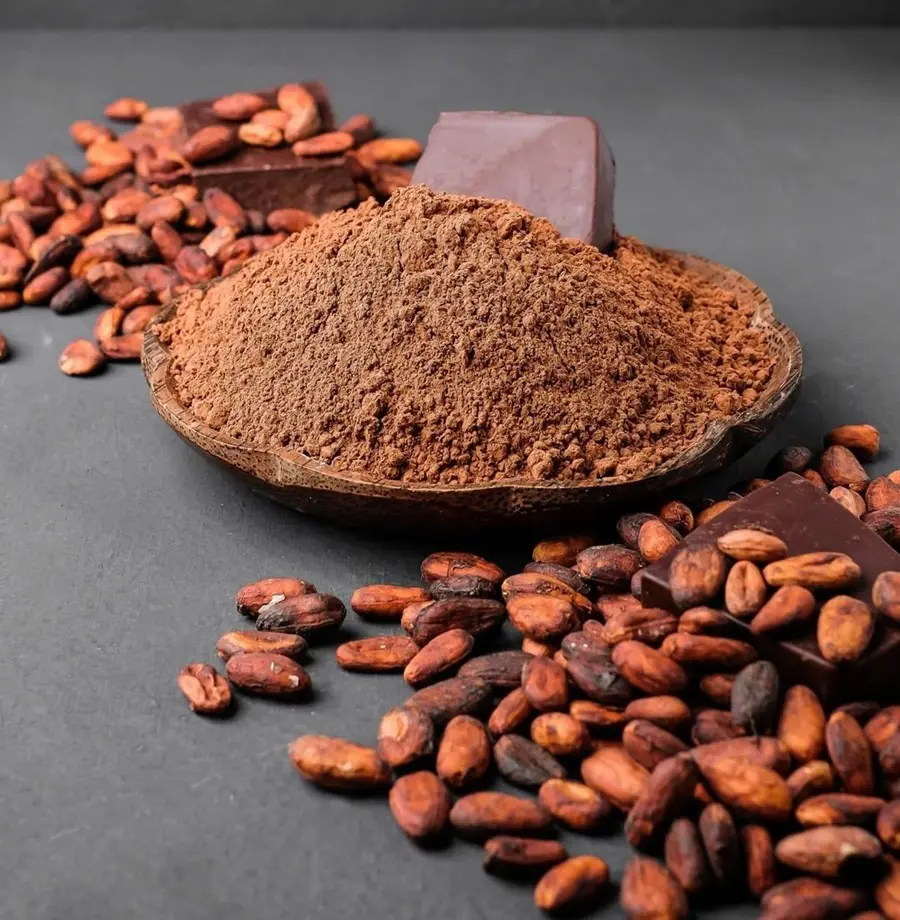
Similar to coffee powder, freezing chocolate powder degrades its quality and also makes it clumped. The moisture that the preservation process introduces could negatively affect the cocoa’s shelf life and texture when used later.
The chocolate powder obtained from the freezer can be dense and sticky might not be usable in recipes without sifting. Breaking the clumps is also okay but this process won't be able to give you the exact dry, powdered form you stored initially. It's important to keep the chocolate powder free from moisture and this can be achieved by storing it in an airtight container. Further, a cool and dry place is enough to store them for a long time.
16. Unopened Canned Foods
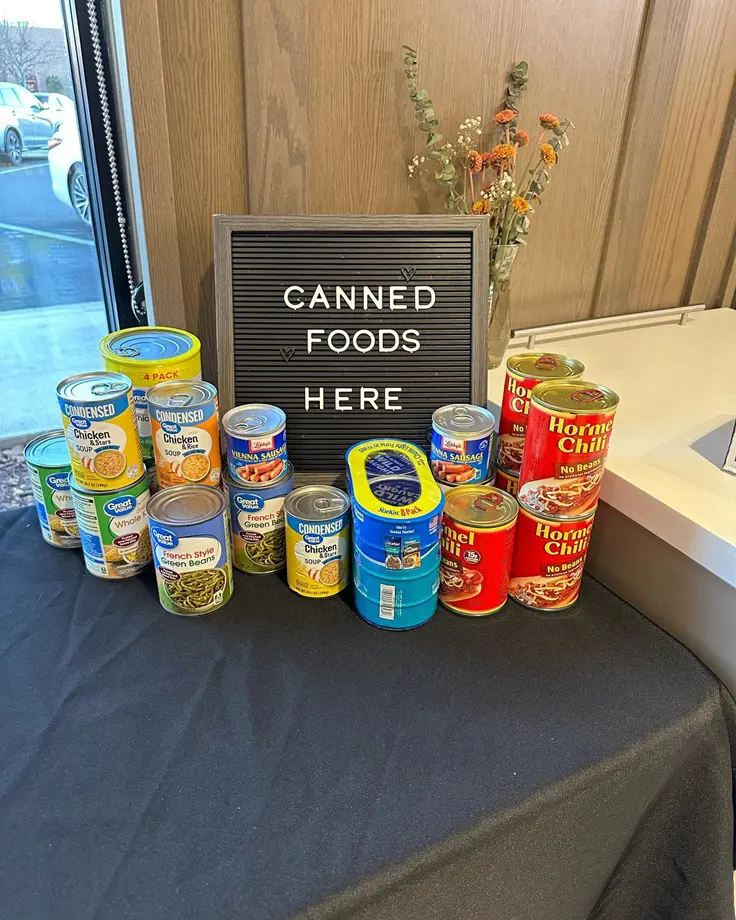
Unopened canned foods are meant to be stored in a pantry or cupboard wherever a cool, dry and dark condition prevails. Freezing opened canned foods is ok but with unopened ones, there is a high risk of the rupture or explosion of the cans.
The contents inside the can tend to expand once they are frozen which in turn puts pressure on the walls of the can. Over time, this pressure can cause the can to bulge, deform, or rupture and the place where leakage occurs can be the perfect place for the contaminants to grow. To avoid all these problems, it's best not to freeze unopened cans and also, if you have leftover canned food that you plan to save, transfer it to an airtight container and refrigerate it.
17. Cream-filled Desserts

The cream present in desserts is what makes freezing of cream-filled desserts impossible. The delicate filling can not freeze well rather, this dairy based filling often separates, becomes watery, or curdles when its subjected to freezing and thawing.
Additionally, the pastry also doesn't do well at the freezing temperatures. It gets soggy and hence the structure is completely disrupted. As in bakeries, you can preserve the quality of all cream-filled desserts, by storing them in the fridge . The refrigerator works well as it won't separate the filling and also keeps the pastry intact.
18. Fruit Tarts

Fruit tarts, made from fresh fruits are best not to freeze as the ones that uses delicate fruits like berries might get damaged. It's definitely not a good experience if the tart has a mushy fruit on the top, isn't it?
Moreover, the fruits also lose its crisp, fresh bite. In addition, the tart crust totally collapses because of the moisture released by the thawing fruit. The combination of these texture changes can result in a less appetizing dessert after freezing.
The best way to store fruit tarts is in the fridge. This will help preserve both the fruit’s freshness and the tart crust’s texture. To enjoy fruit tarts at their best, it's better to consume them within a few days of preparation. In conditions you must prepare the tart in advance, you can bake the crust ahead of time and freeze it separately. Later, when it's time to serve, assemble the tart with fresh fruit.
19. Bread
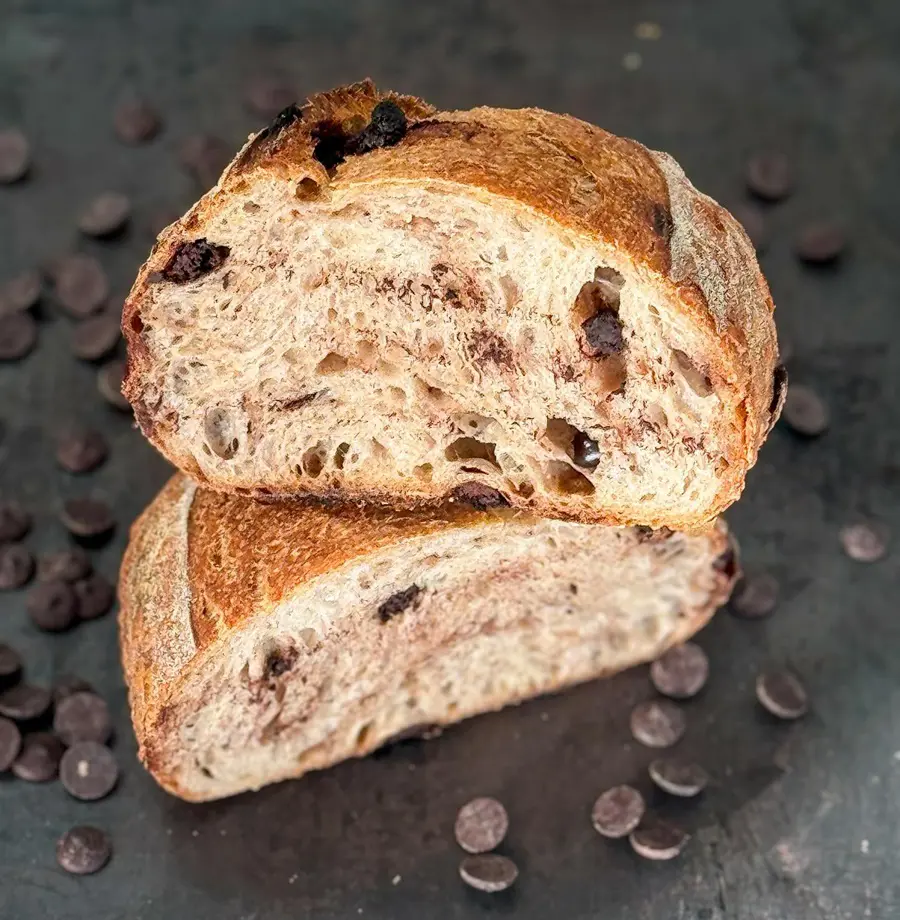
It's okay to freeze most types of bread without losing their quality or texture. The only problem that can occur here is the drying of bread that with unpleasant flavor, in case the bread gets exposed to the freezer air.
You can prevent this exposure to air in the freezer by wrapping it, whether using a plastic wrap or aluminum foil before placing it in a freezer-safe bag or airtight container. This will prevent the contact between the bread and the air. Except for creating a shield for the bread, you may also slice the bread before storing. This way you will reduce the extent of exposure for the excess ones.
20. Wine
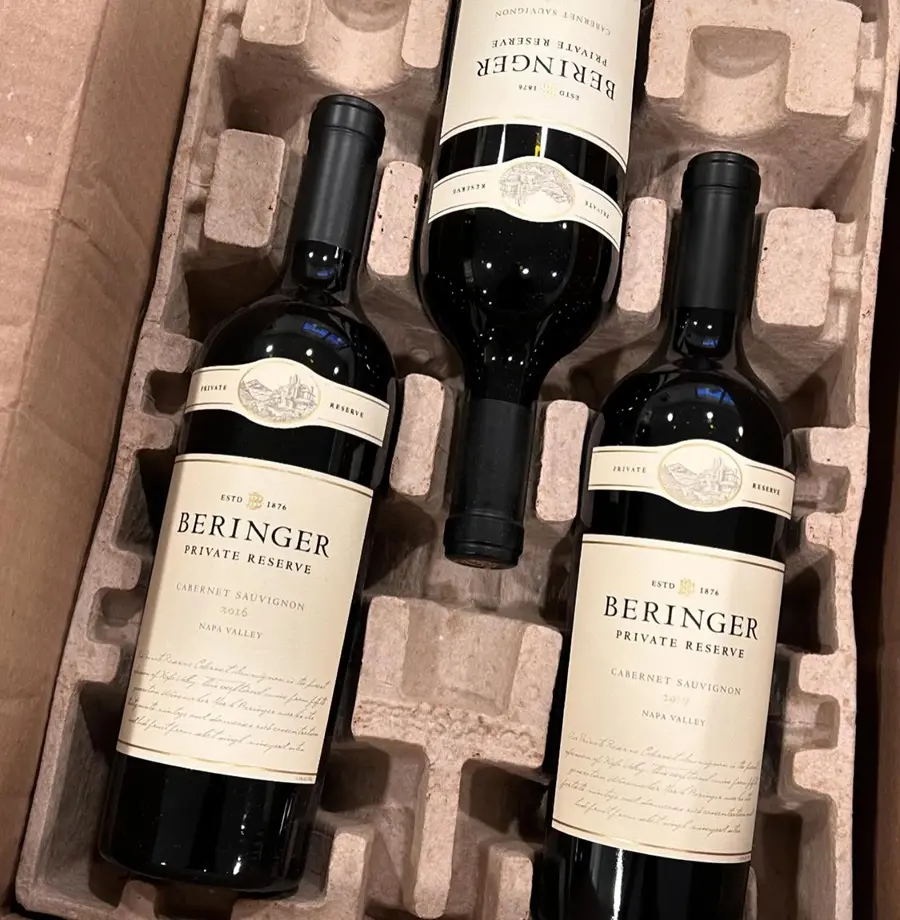
The darkness in the freezer might make it look like a good place for wine storage but in reality, it isn't. Wine requires more time to freeze and once it gets frozen, you won't ever be able to get back its sparkling property.
It's not just about the sparkling wine, freezing regular wines can also create expansion of the wine putting pressure on the bottle. If the wine is in a sealed glass bottle, there is a risk of the bottle breaking or cracking due to the pressure. In both opened and sealed wine, once you thaw it you might have to deal with dull and lifeless wine.
Not only that, the complexities of wine-whether fruity, floral, or oaky-are likely to be lost during the whole process. The frozen wine however can be used in different recipes, where their crisp and flavor don't matter.
Recent posts
Lifestyle
Lifestyle
Is Agave Good For You? Benefits, Uses And Risks
When you stroll through the sweetener section at a supermarket or any other store, you probably notice bottles of golden agave nectar or agave's inulin with labels boasting claims like "natural" and "healthy". But is this viscous sweetener which come...
Lifestyle
Is Monk Fruit Healthy? Benefits, Nutrition And Risks
Monk fruit is a simple vine of the gourd family that has recently gained fame as a sweetener. The fruit is hard to find in the market and has been less cultivated around the world, it's native to Southeast Asia. A zero-calorie sweetener, there is a l...
Lifestyle
How Much Caffeine Is in Green Tea
Green tea, a tea popular for its health benefits, comes with a gentle caffeine boost. Due to this low caffeine level, the drink can be considered perfect for those who want to stay alert without the jitters. The availability of caffeine in green tea ...
Lifestyle
The Benefits Of Avocado Seeds You Must Know About
After devouring the avocado, we have the habit of dumping the seed without giving it a second thought. However, this part of the fruit is just as essential as the avocado because it delivers numerous nutrients and potential health benefits that might...
Lifestyle
How Much Caffeine Is Too Much In One Day?
Without even realizing it, caffeine is stapling in our everyday lives. Our mornings usually begin with a cup of coffee, likewise, to get through the afternoon slump we might sip on an energizing drink or grab a refreshing soda on a sunny day to quell...
Lifestyle
How Much Water Should You Drink Per Day
Water makes up 60% of our total body weight, making it an essential component to maintain our health. As it is present in all cells and organs of the body, proper water intake means every function in the body is running well. There are multiple benef...
